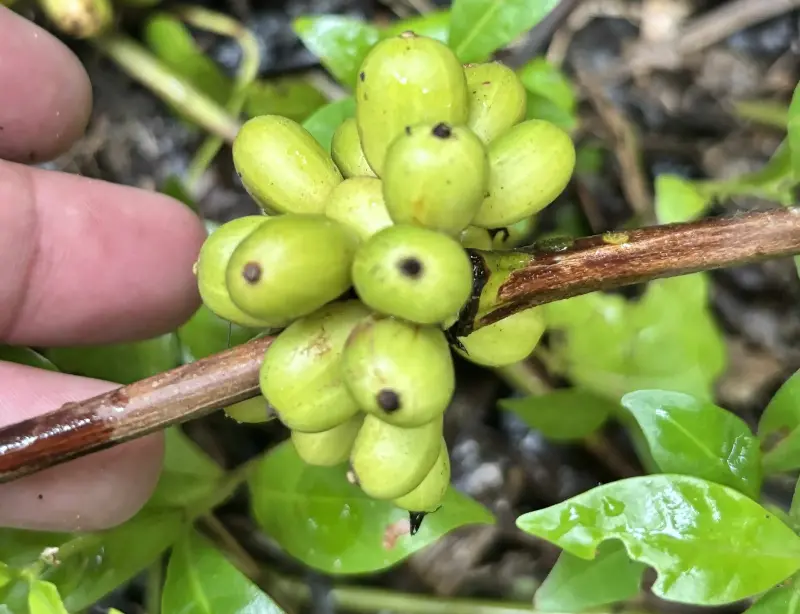
NEGROS OCCIDENTAL, Philippines – Coffee, once abandoned and turned into firewood by farmers in Camindangan, Sipalay City due to low prices and limited market access, has become a growing rural industry that now supports more than 300 households and is helping address a province-wide supply deficit.
“Sometimes, we didn’t even bother to harvest,” recalled Leonorina Tabat, treasurer of the Camindangan Planters and Farm Workers Association (CAPFWA). “Bacolod was too far, and traders controlled everything — the prices, the terms, all of it.”
The province consumes an estimated 4,070 metric tons of coffee annually, yet local farmers produce only 650 metric tons, showing a gap of 84%, according to a report by Digicast Negros, citing provincial agriculture officials.
For decades, low demand and poor farmgate prices pushed many smallholder growers to cut down coffee trees and burn them into charcoal. But in 2020, CAPFWA, originally established in 2014 to address general farming concerns, shifted its focus to coffee and launched the CHICKS Area Coffee Processing and Marketing Enterprise, named after the cluster of municipalities and cities it serves.
By 2023, prices had risen and farmers began to see the crop as viable again. “One of our members harvested 2,000 kilos and earned P600,000,” Tabat said. “That would’ve been impossible a few years ago.”
Ninety percent of CAPFWA’s members now cultivate Robusta coffee across 500 hectares scattered around southern Negros. Each hectare can hold up to 1,000 trees, with individual trees producing at least one kilo of beans annually, according to the association.
The enterprise manages the entire supply chain from harvest to post-processing to packaging, and markets its products in Bacolod and Manila. A kilo of roasted and ground beans sells for P700, while a 10-pack set of drip coffee retails for P180.
“Before, middlemen dictated our worth. Now, we have full control from harvest to packaging to pricing,” said CAPFWA president Richard Vallota.
In 2024, the group took full operational control of a P15-million coffee processing facility funded through the Department of Agriculture’s Philippine Rural Development Project (PRDP), with support from the World Bank and the Negros Occidental provincial government.
“Before, we didn’t know where this would lead,” Vallota said. “Now we manage our own facility, process our own beans, and sell our own coffee with confidence and pride.”
Beyond coffee, CAPFWA operates a rice mill and plans to launch a P10-million hog project to generate off-season income during non-harvest months. Coffee season in the region runs from November to January.
Vallota said expanding their storage facility is the next goal to meet rising demand and protect beans from moisture during the rainy season.

Youth-led innovation
Among the association’s younger members is 22-year-old Arniel Canoy, who serves as CAPFWA’s resident barista. Though unable to attend college due to financial limitations, Canoy trained informally by immersing himself in the group’s operations.
Canoy said, “I learned everything by doing, and I’ve come to love every part of it.”
Canoy is part of a 25-member youth group that helps with harvest and processing. CAPFWA leaders plan to sponsor his formal barista training to further develop their growing brand.
Across Negros Occidental, 4,556 coffee farmers grow Robusta, Arabica, Liberica, and Excelsa on 2,532 hectares. Given that the demand is outpacing the supply, local officials said the opportunity for local producers remains significant.
CAPFWA’s success, farmers said, shows that with proper training, infrastructure, and control over pricing, coffee farming can thrive once again even in communities that once gave up on it. – Rappler.com
